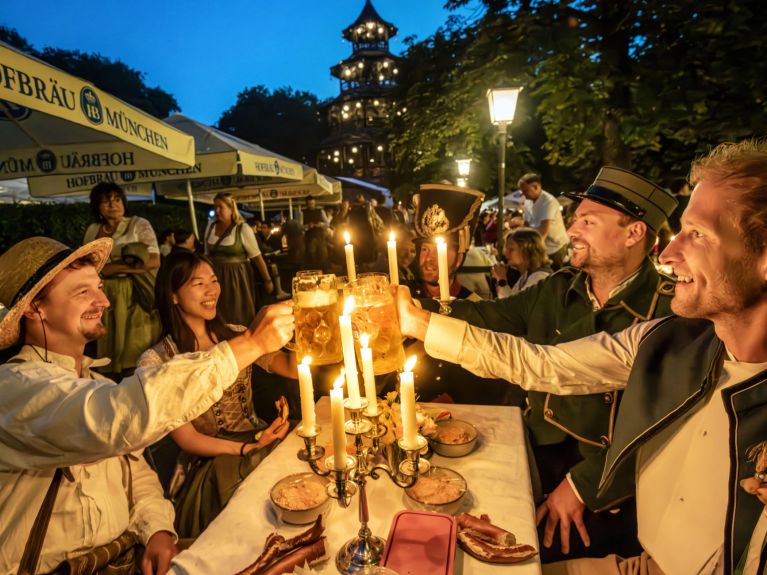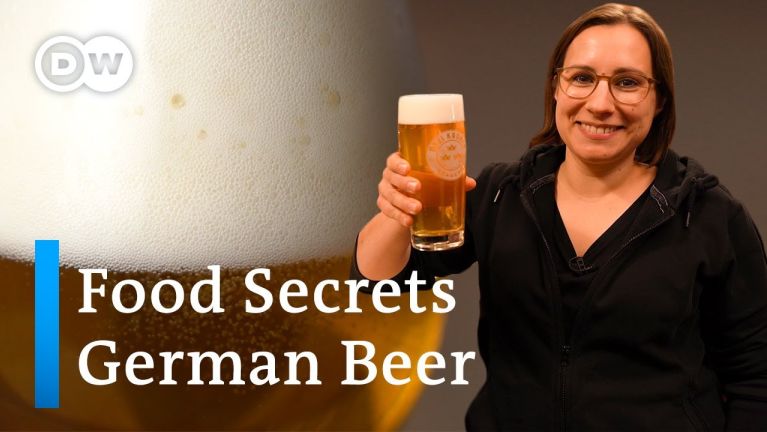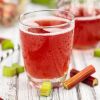How German breweries are reinventing themselves
Hops, malt - and novel ideas. German beer remains steeped in tradition, yet many breweries are proving that even a classic can be given a modern taste.

Germany has already had its beer purity law for over 500 years. It stipulates that beers produced in Germany for the German market may only be brewed using hops, malt, yeast and water (though the occasional additional ingredient is nowadays permitted). However, craft beer trends, alcohol-free beers, all kinds of interesting concoctions and a return to regional varieties make it clear that the German brewing scene is in flux.
Dieses YouTube-Video kann in einem neuen Tab abgespielt werden
YouTube öffnenThird party content
We use YouTube to embed content that may collect data about your activity. Please review the details and accept the service to see this content.
Open consent formAlcohol-free but full of flavour
Conventional beer varieties have traditionally been popular in Germany. Yet their consumption is declining nonetheless. The many non-alcohol alternatives are partly to blame. According to the German Brewers’ Association, sales of alcohol-free beer have more than doubled over the past 20 years. Its president, Christian Weber, says: “The innovative spirit shown by breweries is playing a key role in this growth.” Such beers are low in calories, can be enjoyed as sports drinks, are refreshing and come in an incredible variety of flavours. There are even breweries that make only alcohol-free beer. Which just goes to show that they are no longer seen as joyless substitutes but rather as a serious and viable alternative.
Craft versus corporate
The trend towards urban experimentation: small breweries are coming up with new varieties that boast new and unfamiliar flavours. Fruity, bitter, smoky or sour, with top notes of hibiscus or a hint of thyme. Anyone can buy their own craft beer kit and start experimenting with different concoctions at home. Craft beer is more than a drink - for many people, it’s a hobby. People with similar culinary tastes get together at large community gatherings to test out the beers produced by the big players in the craft beer scene or to showcase the varieties they have come up with in their garage.
Old varieties, new fans
Many brewers are in the process of rediscovering their roots: naturally cloudy cellar beer, unfiltered Zwickel or historic rural beers are all the rage. Locally sourced ingredients, regional malting barley and traditional production methods are also making a comeback. “In my opinion, these breweries have achieved something that is really remarkable,” says Brewers’ Association President Weber in an interview with an industry magazine. “They have brought back many varieties and styles of beer that had slipped somewhat into oblivion. This will have a lasting impact.”
German beer these days is diverse and experimental. Be it alcohol-free, made by microbreweries or brewed according to local tradition: it remains a classic. Constantly reinventing itself.



